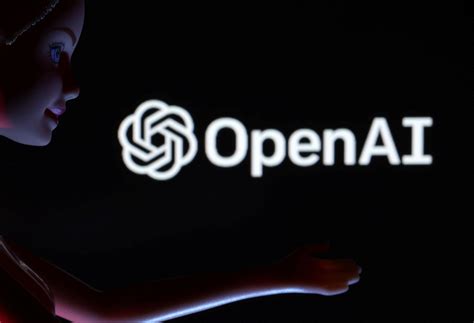The tech landscape is once again buzzing with the news of an intriguing partnership: Apple and OpenAI have teamed up, and *it’s not your traditional cash-based deal*. Instead, Apple will leverage ‘distribution’ to compensate OpenAI for integrating ChatGPT into its ecosystem. This raises several eyebrows, as this unconventional payment method could mean a mixed bag of opportunities and challenges for both companies involved.
From a strategic standpoint, the deal makes sense for Apple. The tech giant has always valued control and customization across its ecosystem, and incorporating **ChatGPT** into their suite of products can enhance user experience significantly. For instance, Siri, which has often been criticized for its limitations, could gain a substantial upgrade. Imagine querying your iPhone’s assistant not just for mundane tasks but complex queries and receiving insightful, detailed responses powered by OpenAI’s technology.
However, the success of this partnership hinges on several factors. One of the most pressing challenges will be traffic management. As aurareturn points out, OpenAI will need to handle an unprecedented influx of traffic. With billions of Apple devices potentially tapping into ChatGPT, this could strain OpenAI’s infrastructure considerably. We could witness scenarios where *even paid ChatGPT users experience slowdowns*, raising concerns about the system’s overall reliability and performance.
The geographical limitations of this deal also spark interest and debate. Initially, the integration is set to roll out on Apple Silicon Macs and the more recent iPhone 15 Pro models, exclusively in en_US language settings. Some users, like rpgbr, speculate that the number of devices capable of supporting this feature might be in the range of 100 million initially. Yet, the global reach of Apple means that eventually, this integration will expand, possibly increasing the devices to around 250 million, a figure aurareturn mentions. Given this potential scale, how well Apple and OpenAI can manage cross-regional demands will be critical.
On the flip side, there’s a nuanced detail regarding user privacy and data handling. According to some comments, Apple plans to ask for explicit user permission before sending any personal queries to ChatGPT. Features like email optimization and document inquiries could significantly benefit from this partnership, yet maintaining privacy will be an arduous challenge. As blixt points out, should any private data leak, it could severely undermine Apple’s claims on privacy, potentially causing a backlash.
Another intriguing aspect is the delineation of AI tasks. Apple has outlined that some AI tasks will be processed on-device, using their own models, while more complex queries might be offloaded to OpenAI’s GPT-4o, contingent on user consent. This dual-processing model ensures a balanced load but also makes one ponder about the division of labor between Apple and OpenAI’s models. As jitl hints, the real meat of Apple’s own system might lie in handling more localized tasks, preserving bandwidth for more intensive inquiries sent to OpenAI.
The financial underpinning of this partnership cannot be overlooked. Beyond the initial ‘distribution’ deal, Apple seems poised to monetize this venture. There’s talk about future revenue-sharing agreements, possibly leading to the development of an ‘AI App Store’ where users can pick and choose their preferred AI models, like Google Gemini or Anthropic Claude, for specialized tasks. This model, as theorized by commenters like aurareturn and others, could see Apple taking a cut from every subscription, much like its App Store’s current financial model.
Yet, the long-term viability of OpenAI in this setup is not guaranteed. As highlighted by comments from CuriouslyC and others, there’s skepticism about whether OpenAI’s current business model can sustain the heavy demands anticipated from this partnership. Microsoft’s role as a cloud provider is crucial here, not just logistically but also financially, as highlighted by threeseed. With OpenAI already deeply capitalized, navigating through these challenges without compromising service quality will be a colossal task.
Ultimately, this partnership between Apple and OpenAI is a fascinating case study in tech collaboration. It epitomizes the convergence of cutting-edge AI with robust, user-centric hardware. The stakes are high, and as the rollout begins, Apple’s meticulous planning and OpenAI’s adaptive strategies will be put to the test. Whether this becomes a masterstroke in AI integration or encounters unforeseen pitfalls, it will undoubtedly set precedents for future tech alliances. Time will tell how this partnership shapes up, but it sets the stage for an exciting chapter in the evolution of artificial intelligence within consumer technology.


Leave a Reply